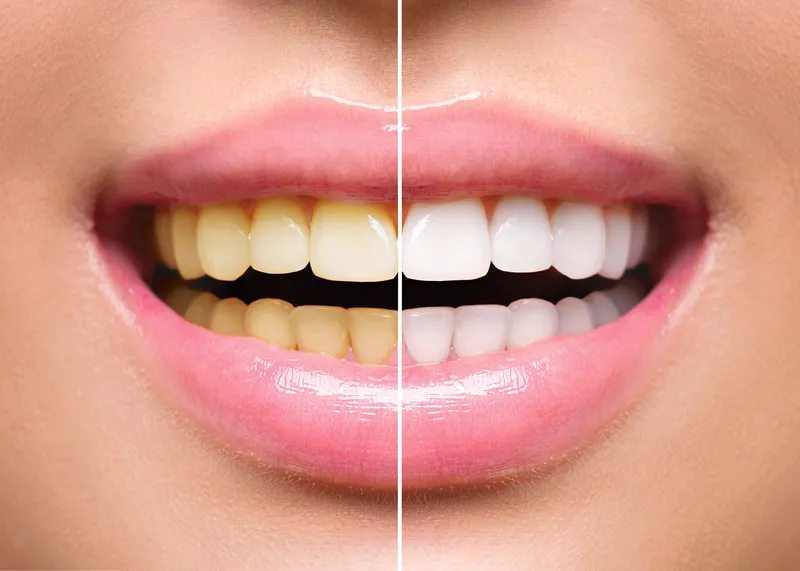Understanding Teeth Staining After Braces
Successfully completing orthodontic treatment with braces is a significant achievement, resulting in a straighter, healthier smile. However, many individuals discover an unwelcome side effect after the braces are removed staining on their teeth. These stains can range from mild discoloration to more pronounced patches, impacting the overall appearance of the newly straightened teeth. Understanding the reasons behind this staining is the first step in effectively addressing and treating it. Proper knowledge of the staining causes helps to choose the best teeth whitening options available for a brighter smile.
Why Teeth Stain After Braces
Teeth staining after braces typically occurs because of several factors related to the orthodontic process. During treatment, the presence of brackets and wires makes it more difficult to maintain thorough oral hygiene. Plaque and food particles can easily accumulate around the brackets, leading to demineralization of the enamel. This demineralization weakens the enamel, making it more susceptible to staining. Additionally, the adhesive used to attach the brackets can sometimes leave behind residue that contributes to discoloration. The areas around the brackets are often the most affected, resulting in noticeable white or yellow spots once the braces are removed. This underscores the importance of diligent brushing, flossing, and professional cleanings throughout the treatment period.
Common Causes of Staining
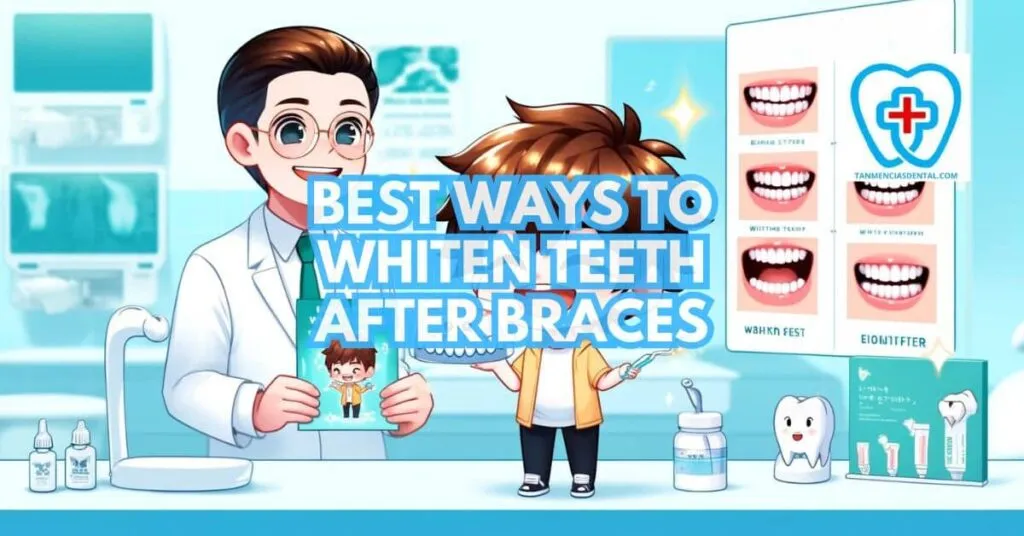
Several common causes contribute to staining after braces. Poor oral hygiene is a primary culprit, as inadequate brushing and flossing allow plaque and bacteria to build up. Dietary habits also play a role. Consuming foods and drinks high in tannins, such as coffee, tea, and red wine, can stain teeth. Smoking or using other tobacco products is another significant factor, as nicotine and tar can cause significant discoloration. In some cases, certain medications or genetic factors can also make teeth more prone to staining. Recognizing these causes is essential for prevention and treatment, emphasizing the need for a comprehensive approach to oral care both during and after orthodontic treatment.
Top 5 Teeth Whitening Options After Braces
Finding the most effective teeth whitening solutions after braces involves considering various factors, including the severity of the staining, individual preferences, and budget. Numerous options are available, each with its own set of benefits and drawbacks. The best approach often depends on a combination of professional treatments and at-home care. Consulting with a dentist is always recommended to determine the most suitable option for your specific needs. Here are the top 5 teeth whitening options to consider for achieving a brighter, more confident smile after braces.
Professional Teeth Whitening
Professional teeth whitening, performed by a dentist, is often the most effective and quickest way to achieve significant whitening results. These treatments utilize high-concentration bleaching agents that are applied directly to the teeth. The process is carefully monitored by a dental professional to ensure safety and minimize potential side effects, such as sensitivity. Professional whitening can typically lighten teeth several shades in a single session. This option is ideal for those seeking dramatic results in a short amount of time, making it a popular choice for those who want to quickly restore their smiles after braces.
In-Office Whitening Procedure
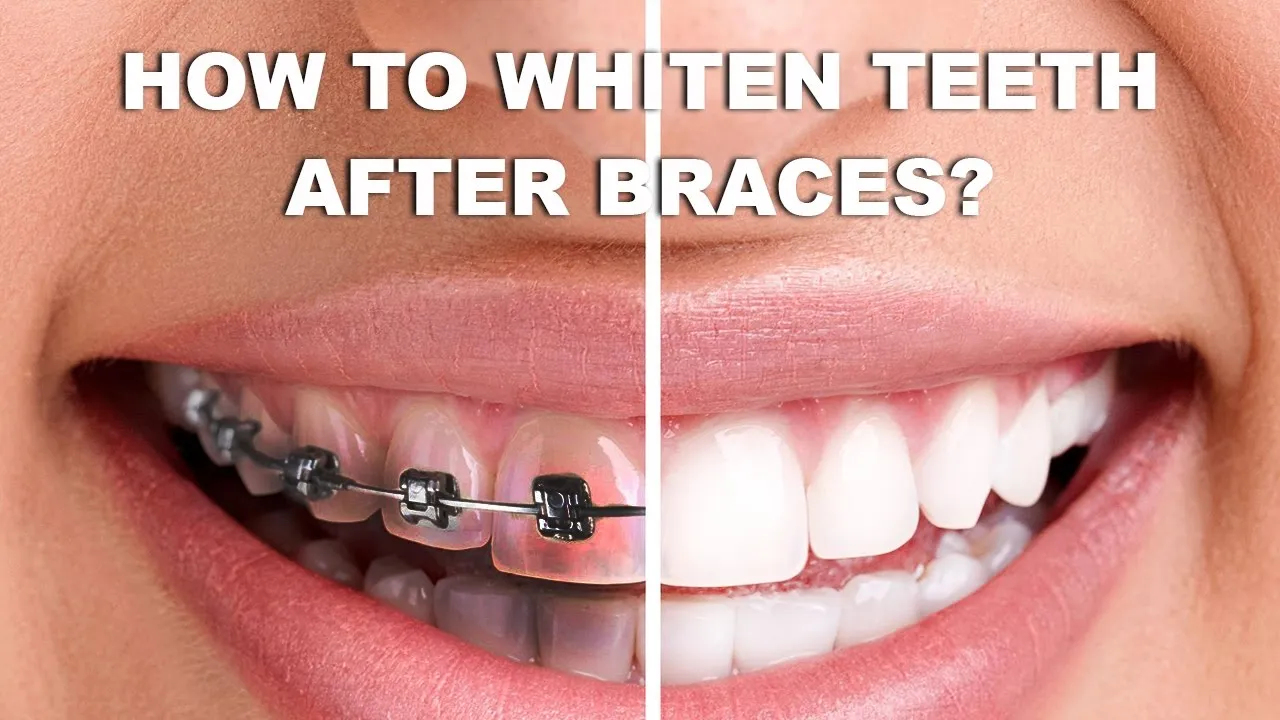
The in-office whitening procedure typically involves a few steps. First, the dentist will examine your teeth to determine the extent of staining and assess your suitability for the treatment. A protective barrier is then applied to your gums to shield them from the bleaching agent. The whitening solution, usually containing a high concentration of hydrogen peroxide, is applied to the teeth. A special light or laser may be used to enhance the whitening process. The procedure usually takes about an hour, and multiple sessions may be needed for optimal results. After the treatment, you may receive instructions for at-home care to maintain the whiteness.
Benefits of in-office whitening include immediate and noticeable results, professional supervision to minimize risks, and customizable treatments. Drawbacks include higher cost compared to at-home options, potential for increased tooth sensitivity, and the need for maintenance treatments over time. It’s essential to weigh these factors and discuss them with your dentist to make an informed decision.
Benefits and Drawbacks
Professional teeth whitening offers several benefits. The most significant is the rapid and dramatic improvement in tooth color. The procedure is performed under the supervision of a dentist, ensuring safety and addressing any concerns. It also offers a controlled environment, which can be particularly important for individuals with sensitive teeth. However, there are also drawbacks. The cost is generally higher compared to at-home treatments. Some individuals may experience increased tooth sensitivity or gum irritation. Additionally, the effects of professional whitening are not permanent and may require periodic maintenance treatments. Considering these advantages and disadvantages helps you choose the best path for your smile.
At-Home Whitening Kits
At-home whitening kits offer a convenient and cost-effective alternative to professional treatments. These kits typically contain whitening trays, a bleaching agent, and instructions for use. The trays are designed to fit over your teeth, and the bleaching gel is applied to the trays. This option allows for gradual whitening over a period of days or weeks. At-home kits are easily accessible, making them a popular choice for many individuals. However, it is important to choose a reputable brand and follow the instructions carefully to ensure safe and effective results. It is also advisable to consult your dentist before use, so they can assess your teeth and recommend a kit appropriate for your situation.
Types of At-Home Kits

Various types of at-home whitening kits are available. Custom-fitted trays, made by your dentist, provide the best fit and ensure the bleaching agent covers all teeth evenly. Over-the-counter (OTC) kits offer pre-made trays, which may not fit as precisely but are more affordable. Whitening strips are another popular option, offering a thin strip coated with a whitening agent that you apply directly to your teeth. Whitening pens provide a convenient way to apply the whitening solution directly to your teeth. The choice of kit depends on your budget, preferences, and the severity of the staining. Consulting your dentist can help you determine which kit is best for you.
Effectiveness and Safety
The effectiveness of at-home whitening kits can vary depending on the type of kit and the concentration of the bleaching agent. Generally, professional-grade kits provided by your dentist offer the best results. OTC kits may take longer to achieve the desired level of whitening. Safety is also an important consideration. Always follow the manufacturer’s instructions carefully to minimize the risk of tooth sensitivity or gum irritation. If you experience any adverse effects, such as extreme sensitivity or pain, discontinue use and consult your dentist. Before using any at-home kit, it’s essential to talk to your dentist to make sure it’s a good fit for your teeth and oral health.
Whitening Toothpastes
Whitening toothpastes are a common and readily accessible option for improving tooth color. They work by removing surface stains through abrasive action or by containing mild bleaching agents. Whitening toothpastes are generally affordable and can be easily incorporated into your daily oral hygiene routine. However, the whitening effects are usually subtle and may not be sufficient for more severe staining. Using whitening toothpaste can help maintain the brightness of your teeth and prevent new stains from forming. It is an excellent addition to your oral hygiene regimen and is best used in conjunction with other whitening methods for better results.
Ingredients and Usage
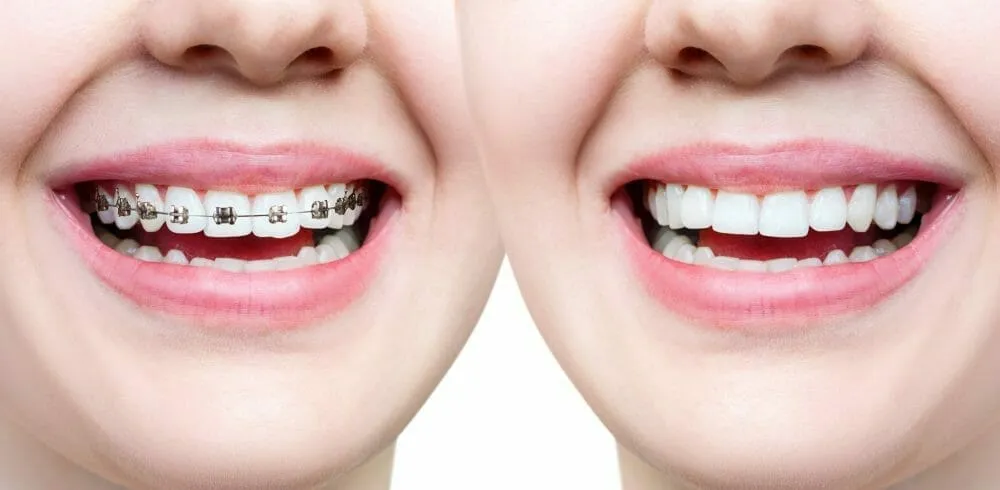
Whitening toothpastes typically contain abrasive agents, such as silica or hydrated silica, to gently polish the teeth and remove surface stains. Some also contain mild bleaching agents like hydrogen peroxide or carbamide peroxide. Fluoride is included to strengthen the enamel and protect against cavities. To use whitening toothpaste effectively, brush your teeth thoroughly for two minutes, twice a day. Ensure you reach all surfaces of your teeth, including the back teeth. For best results, combine whitening toothpaste with a proper flossing routine and regular dental check-ups. Always follow the product instructions and consult your dentist for any concerns.
Limitations
Whitening toothpastes have some limitations. Their effectiveness is mainly limited to removing surface stains. They are less effective on intrinsic stains, which are deeper stains within the tooth structure. The whitening effect is often subtle and gradual, so it may not be noticeable immediately. Excessive use of abrasive toothpastes can potentially wear down the enamel, leading to increased sensitivity. Whitening toothpastes are most effective for maintaining the brightness of teeth after other whitening treatments, or as a preventative measure for surface stains. It is not a replacement for professional whitening or at-home kits when dealing with significant discoloration.
Whitening Strips
Whitening strips offer a convenient and easy-to-use option for teeth whitening. These thin, flexible strips are coated with a peroxide-based whitening agent and are applied directly to the teeth. Whitening strips are readily available over-the-counter and typically involve a twice-daily application for a set period. They are a popular choice due to their ease of use and relatively low cost. Whitening strips can effectively address mild to moderate staining and provide noticeable results within a few weeks. However, they may not be as effective for more severe staining or for individuals with certain dental work.
Application and Results
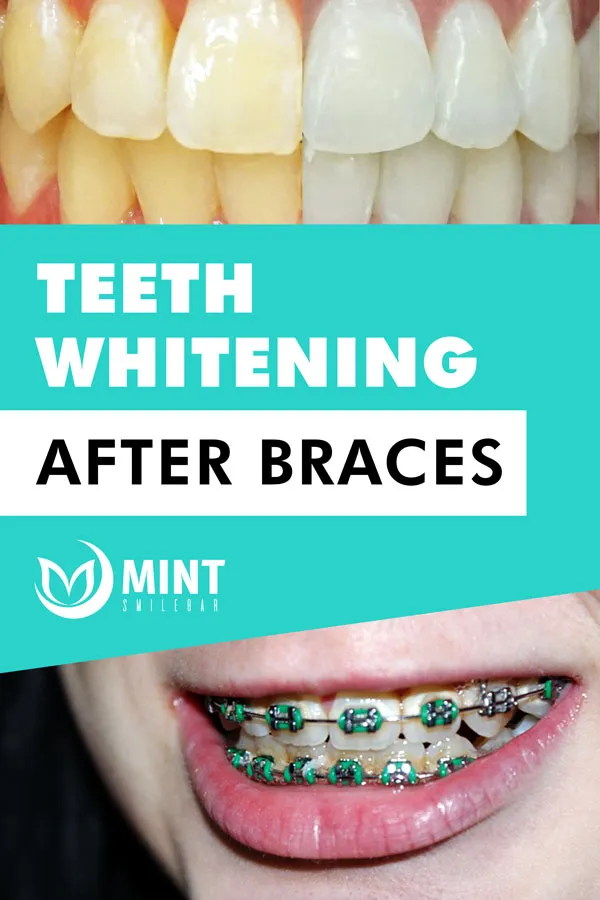
To use whitening strips, peel the strips from their packaging and apply them to your teeth, making sure they cover the front surfaces. Follow the instructions provided, which typically involve wearing the strips for 30 minutes to an hour daily. The active ingredient, usually hydrogen peroxide, penetrates the enamel and breaks down the stain molecules. Results can usually be seen within a few days to weeks, depending on the severity of the staining and the product used. Consistent use and following the instructions are crucial for achieving the best outcome. After treatment, rinse your mouth and avoid eating or drinking anything that could stain your teeth, like coffee or red wine, for at least an hour.
Considerations and Precautions
When using whitening strips, consider your individual circumstances. Some people may experience tooth sensitivity or gum irritation. If these side effects occur, reduce the treatment frequency or discontinue use. Whitening strips may not whiten crowns, veneers, or fillings. Be sure to consult your dentist before starting the use of whitening strips, particularly if you have sensitive teeth, gum disease, or other dental issues. Following the instructions carefully and being aware of the potential side effects will help you ensure that you achieve safe and effective results.
Other Whitening Methods
In addition to the primary whitening methods, other options can improve the appearance of your teeth. Whitening pens provide a portable and convenient way to apply whitening solution directly to the teeth. Professional cleaning can remove surface stains and plaque. Laser whitening treatments, which use laser technology to activate the whitening agent, may also be available. The best option will depend on your individual needs, the severity of the staining, and your budget. It is always advisable to consult a dentist before trying any teeth whitening method, as they can assess your oral health and recommend the most effective and safe approach for your situation.
Teeth Whitening and Sensitivity
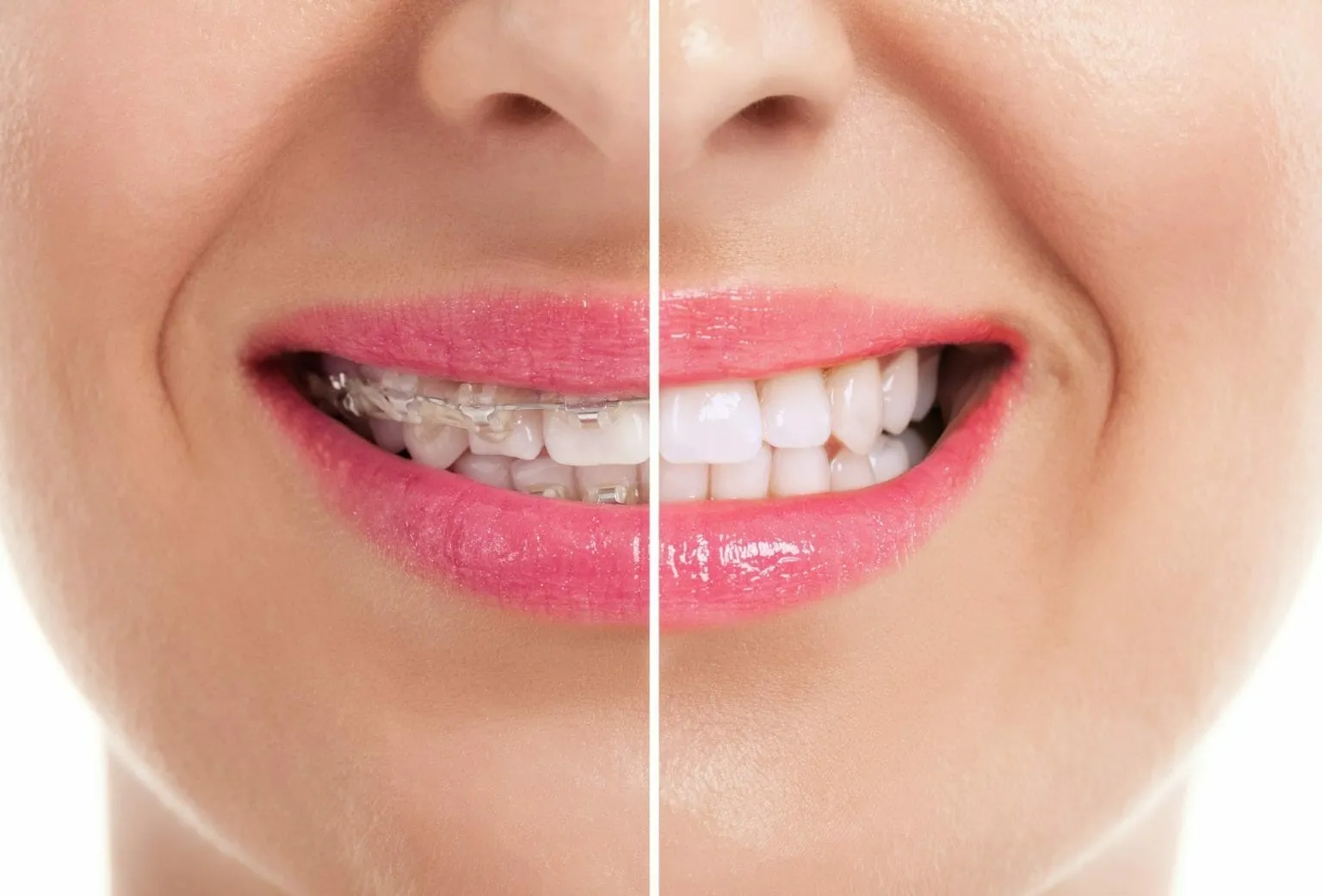
Tooth sensitivity is a common side effect of teeth whitening treatments, including those used after braces. The bleaching agents can penetrate the enamel and reach the dentin, which contains nerve endings, leading to sensitivity. This sensation can range from mild discomfort to sharp pain, especially when consuming cold or hot foods and drinks. Sensitivity is typically temporary and diminishes as the treatment progresses or after the treatment is completed. However, understanding the causes and management of sensitivity is essential for a comfortable and positive experience.
Managing Sensitivity
Several strategies can help manage tooth sensitivity during teeth whitening. Using a toothpaste designed for sensitive teeth is a common recommendation. These toothpastes contain ingredients like potassium nitrate, which help block the transmission of pain signals to the nerve. Another option is to temporarily reduce the frequency or duration of the whitening treatments. Your dentist may also recommend using a fluoride treatment, which can strengthen the enamel and reduce sensitivity. Avoiding highly acidic foods and drinks, which can further irritate the teeth, is also important. In severe cases, your dentist might recommend a professional fluoride treatment or desensitizing agent application.
Products to Help
Several products can help reduce tooth sensitivity during teeth whitening. Toothpastes specifically formulated for sensitive teeth are readily available and contain ingredients like potassium nitrate or stannous fluoride. Fluoride rinses help strengthen the enamel and reduce sensitivity. Over-the-counter pain relievers, such as ibuprofen or acetaminophen, can alleviate any discomfort. Desensitizing gels, prescribed by your dentist, can be applied directly to the teeth to provide relief. Always follow the instructions for any product and consult your dentist if sensitivity persists or worsens. Choosing the right products and following your dentist’s advice will help you manage sensitivity and achieve a brighter smile with greater comfort.
Maintaining Your White Smile After Braces
Maintaining a bright smile after braces involves establishing good oral hygiene habits and making lifestyle adjustments. The goal is to prevent new stains from forming and prolong the results of your whitening treatments. A comprehensive approach includes regular brushing, flossing, and professional dental check-ups, as well as being mindful of your diet and habits. Implementing these strategies is essential for ensuring that your newly whitened teeth remain vibrant and healthy for years to come.
Oral Hygiene Routine
An effective oral hygiene routine is the cornerstone of maintaining a white smile. Brush your teeth at least twice a day for two minutes each time, using a soft-bristled toothbrush and fluoride toothpaste. Be sure to brush all surfaces of your teeth and along the gum line. Flossing daily is also essential to remove plaque and food particles from between your teeth and under the gums. Consider using an antibacterial mouthwash to further reduce bacteria. Regular dental check-ups and cleanings are vital for removing plaque and tartar buildup that can cause staining. A consistent oral hygiene routine will help you maintain a bright, healthy smile.
Foods and Drinks to Avoid
Certain foods and drinks can stain your teeth and diminish the effects of whitening treatments. Minimizing your intake of these substances is crucial for maintaining a bright smile. Coffee, tea, and red wine are notorious for staining teeth. Berries, such as blueberries and strawberries, and other deeply colored fruits can also contribute to discoloration. Foods with strong pigments, like soy sauce and balsamic vinegar, should also be consumed in moderation. Smoking and chewing tobacco should be avoided, as they are major causes of teeth staining. Being mindful of your diet and making informed choices will help you keep your teeth bright and prevent future staining.
Regular Dental Check-ups
Regular dental check-ups and professional cleanings are essential for maintaining a white smile and overall oral health. Your dentist can remove plaque and tartar, which can cause staining and prevent new stains from forming. During check-ups, the dentist will assess your teeth and gums for any potential issues and provide necessary treatments. They may also offer professional whitening treatments to maintain the brightness of your teeth. Following your dentist’s recommendations and attending regular appointments will help keep your smile healthy and bright. Schedule check-ups every six months for optimal oral health.
In conclusion, achieving and maintaining a bright smile after braces requires a multifaceted approach, including understanding the causes of staining, choosing effective whitening options, and adopting diligent oral hygiene practices. By combining professional treatments with at-home care and being mindful of dietary choices, you can restore and preserve the brilliance of your teeth. Remember to consult your dentist for personalized advice and guidance on the best teeth whitening strategies for your needs.
